Well another option is to convert the original data frame to a list containing unequal number of elements in each column. This list can then be converted to a data frame with padded columns.
The following code can be used:
# The original data frame
n <- c("car", "car", "van", "bus", "bus", "bus")
i <- c(1,2,1,-1,0,1)
v <- c(10,20,15,20,25,25)
df <- data.frame(name = n, index = i, value = v)
# The data frame is converted to a list
l <- list(
"car" = rep("car", nrow(df[df$name == "car", ])),
"car_index" = df[df$name == "car", "index"],
"car_value" = df[df$name == "car", "value"],
"van" = rep("van", nrow(df[df$name == "van", ])),
"van_index" = df[df$name == "van", "index"],
"van_value" = df[df$name == "van", "value"],
"bus" = rep("bus", nrow(df[df$name == "bus", ])),
"bus_index" = df[df$name == "bus", "index"],
"bus_value" = df[df$name == "bus", "value"])
# The list column names
cols <- names(l)
# The maximum column length
max_len <- 0
for (col in cols){
if (length(l[[col]]) > max_len)
max_len <- length(l[[col]])
}
# Each column is padded
for (col in cols){
l[[col]] <- c(l[[col]], rep("", max_len - length(l[[col]])))
}
# The list is converted to data frame
df_new <- as.data.frame(l)
# The data frame is written to xlsx file
writexl::write_xlsx(df_new, 'test.xlsx', col_names = FALSE)


